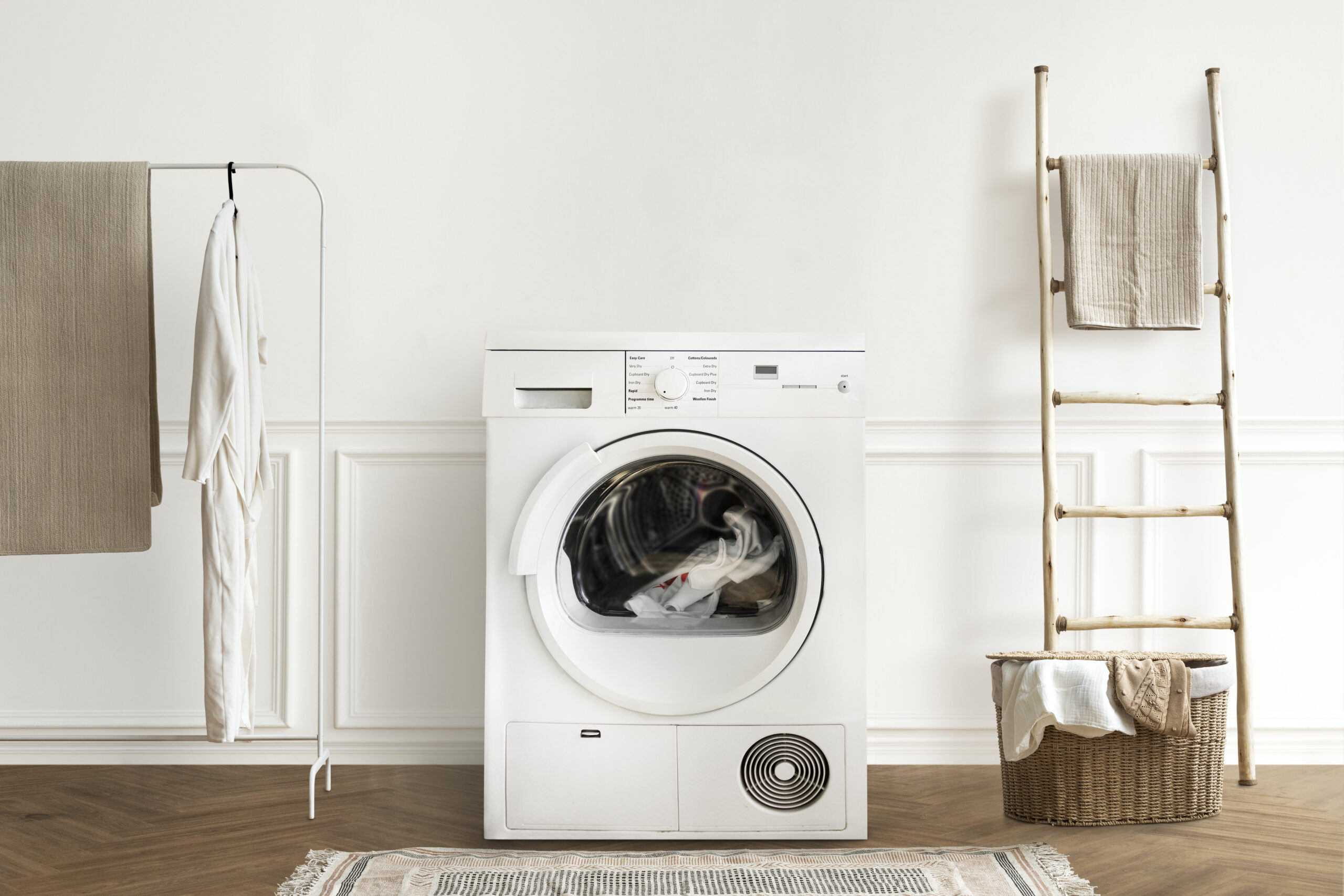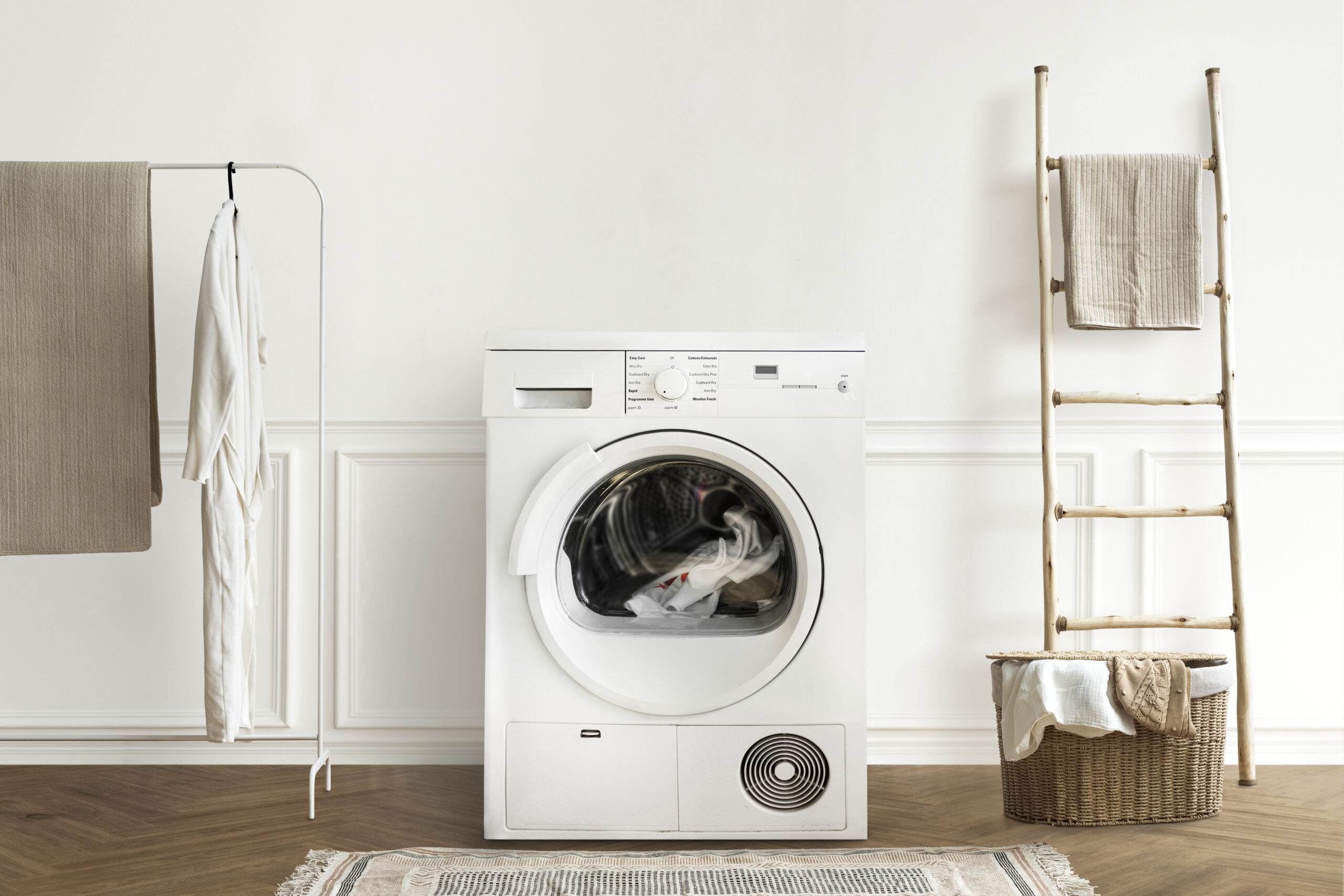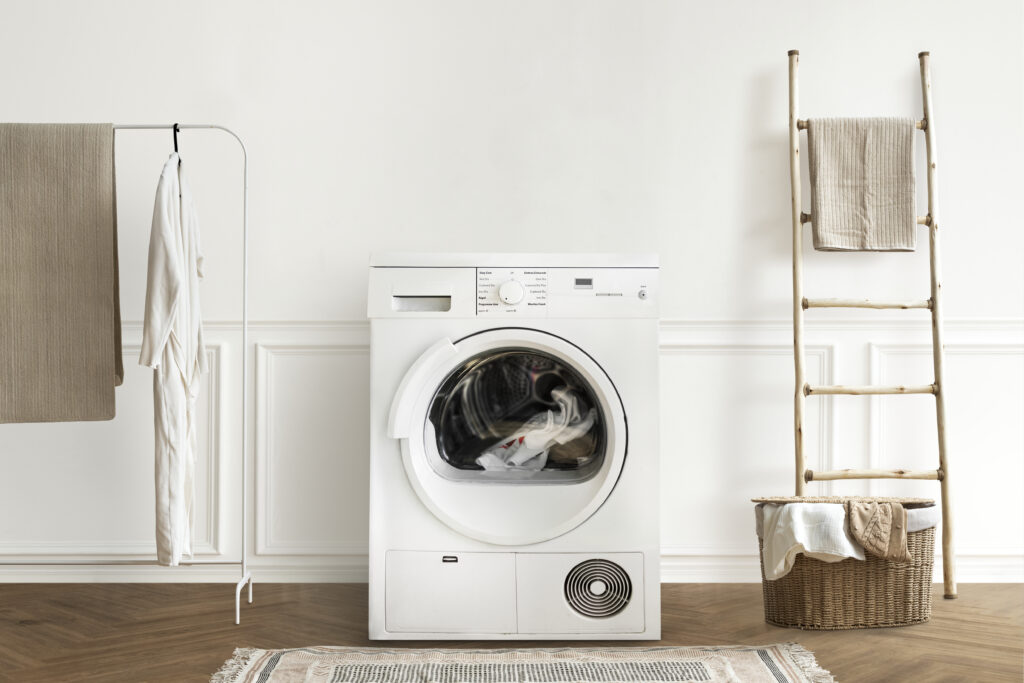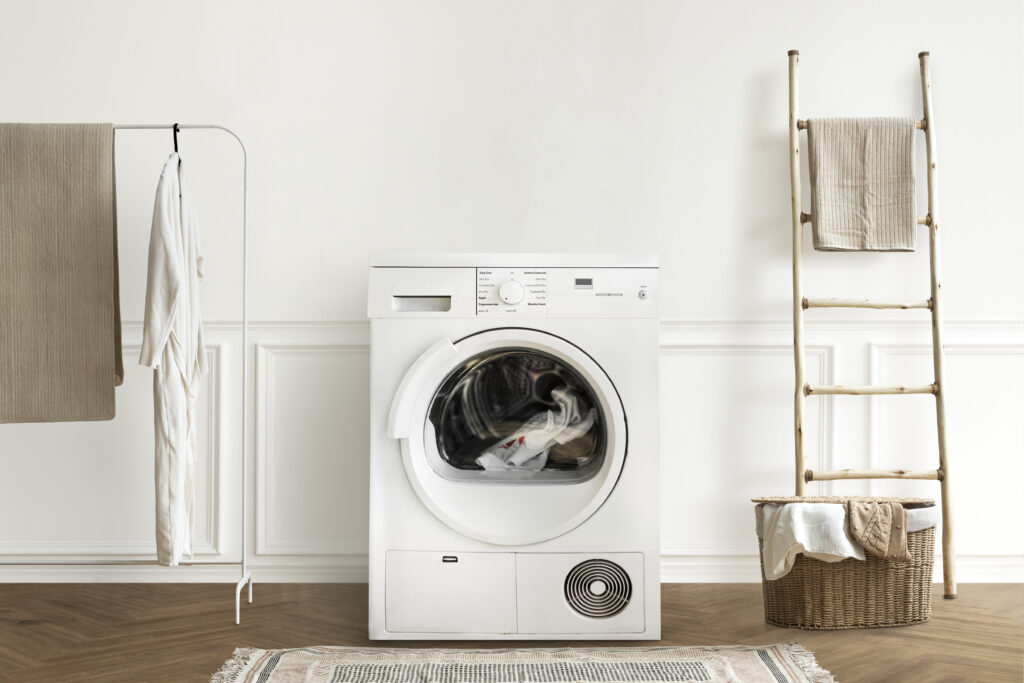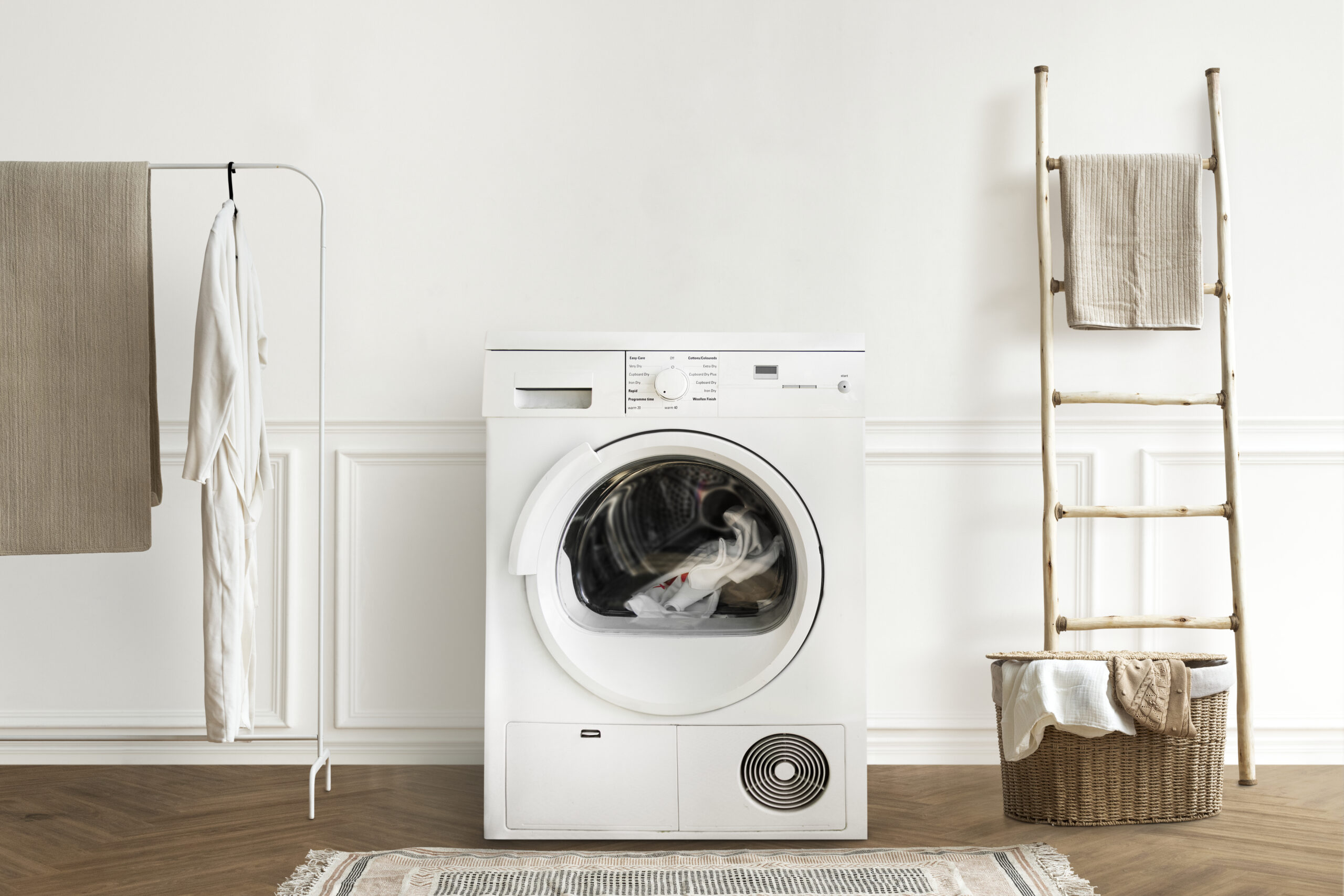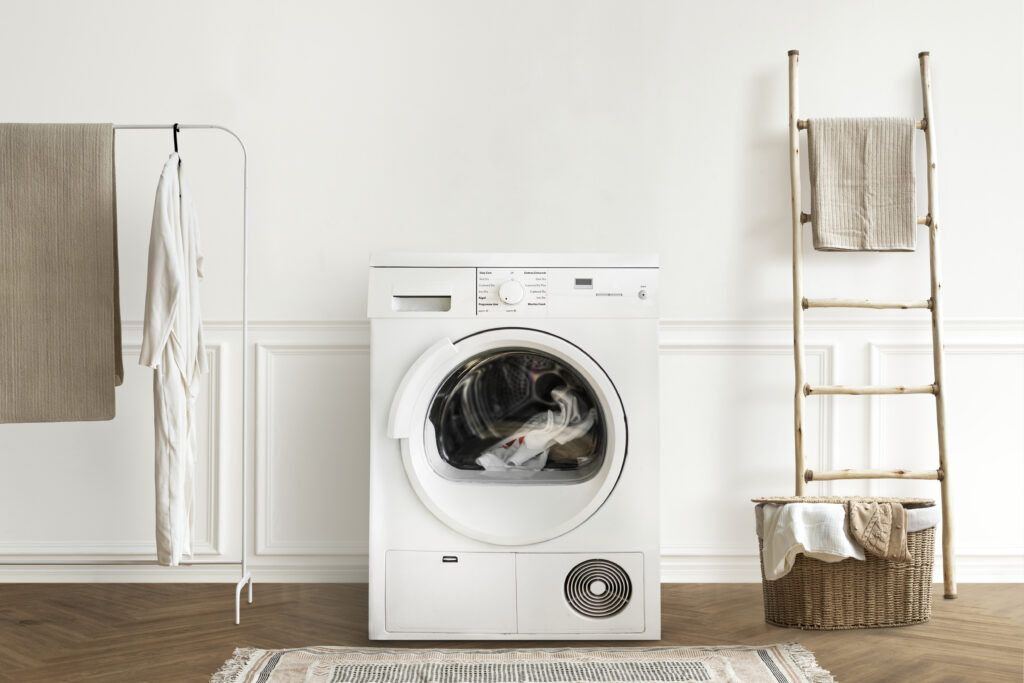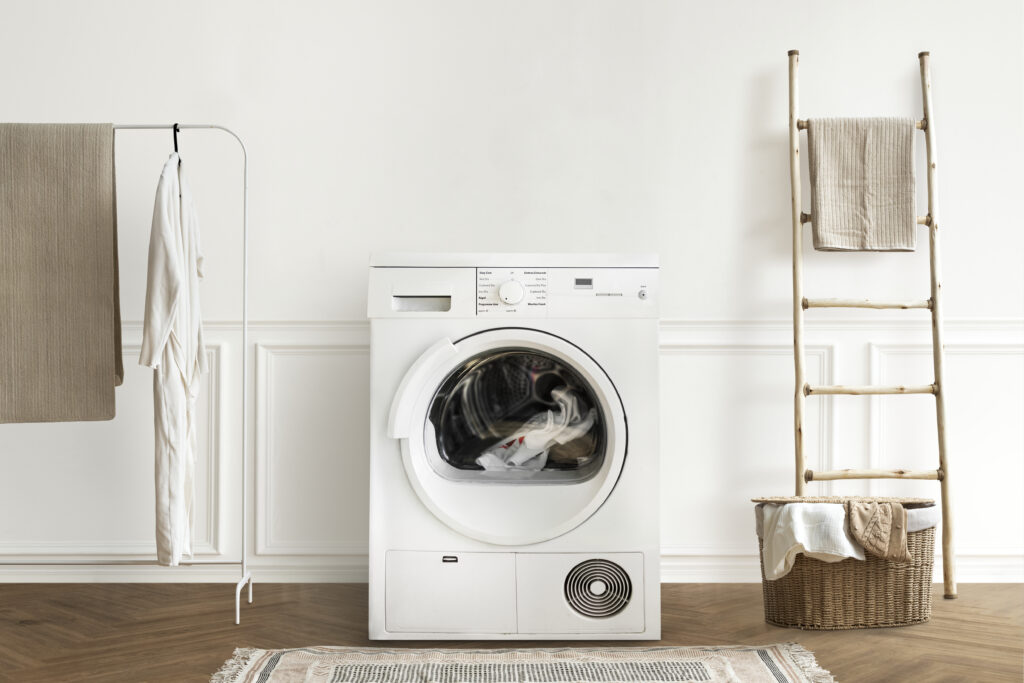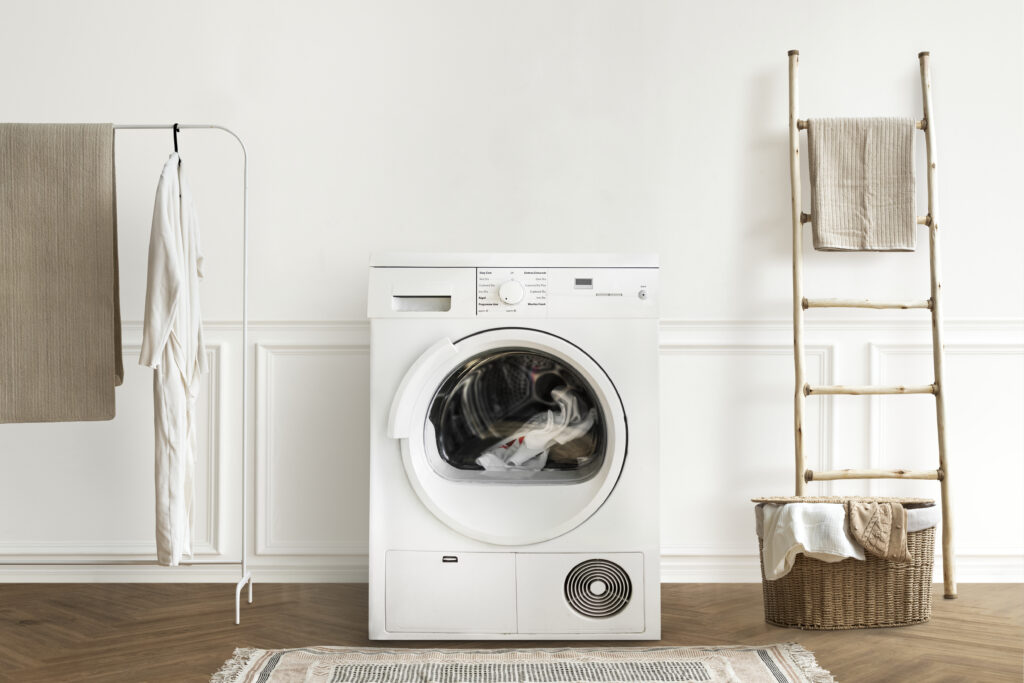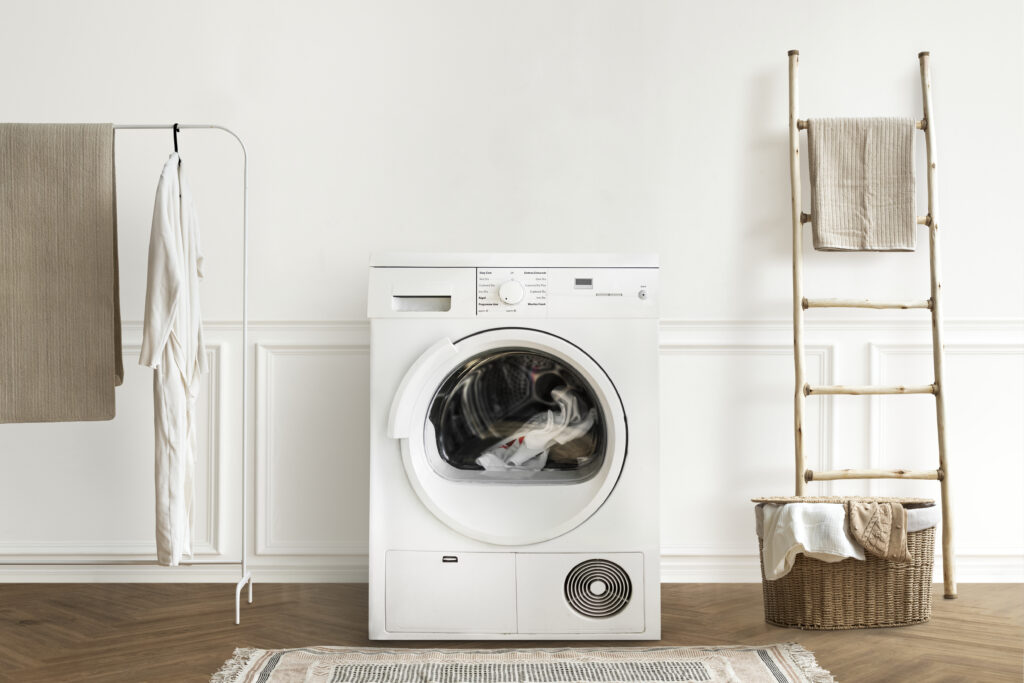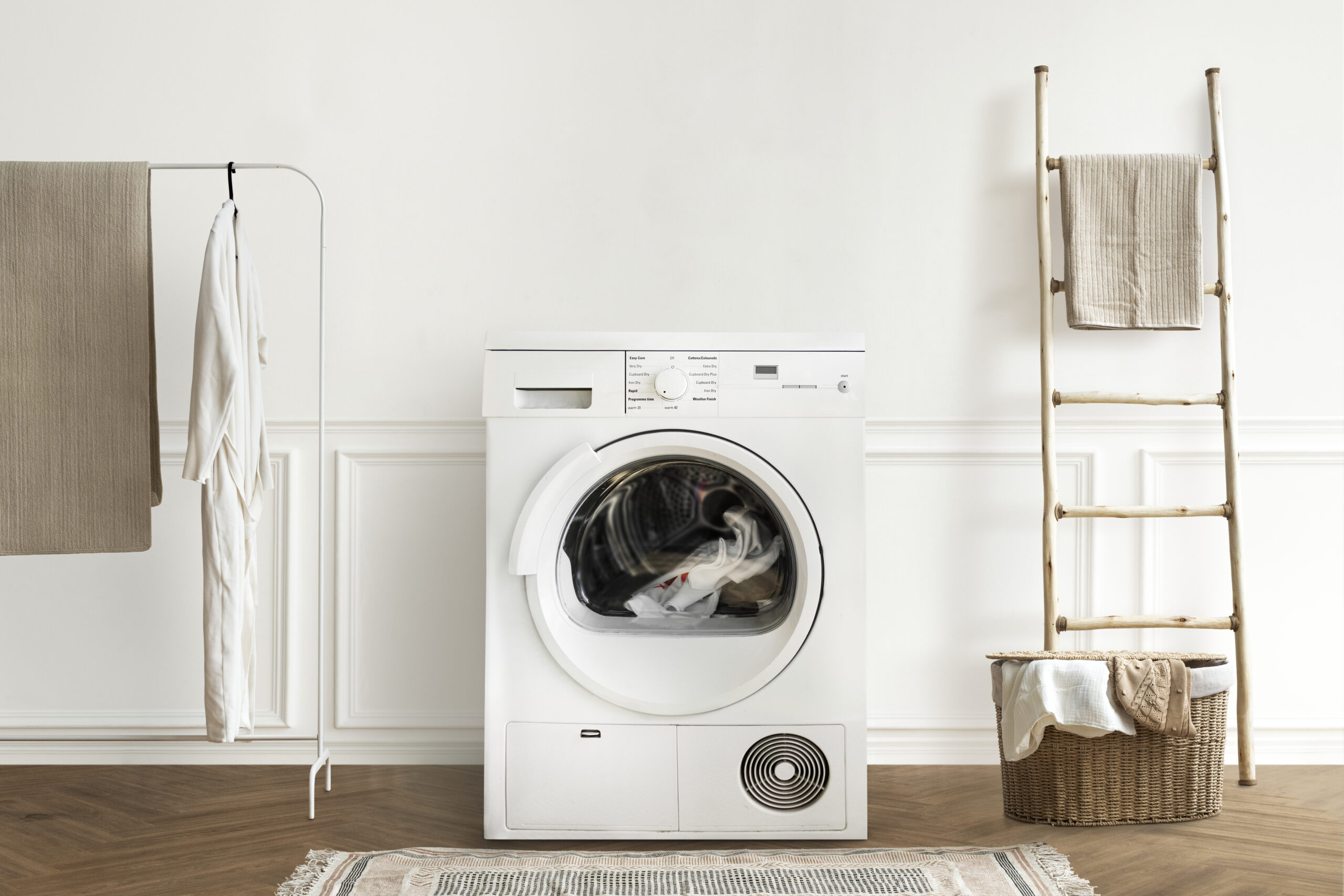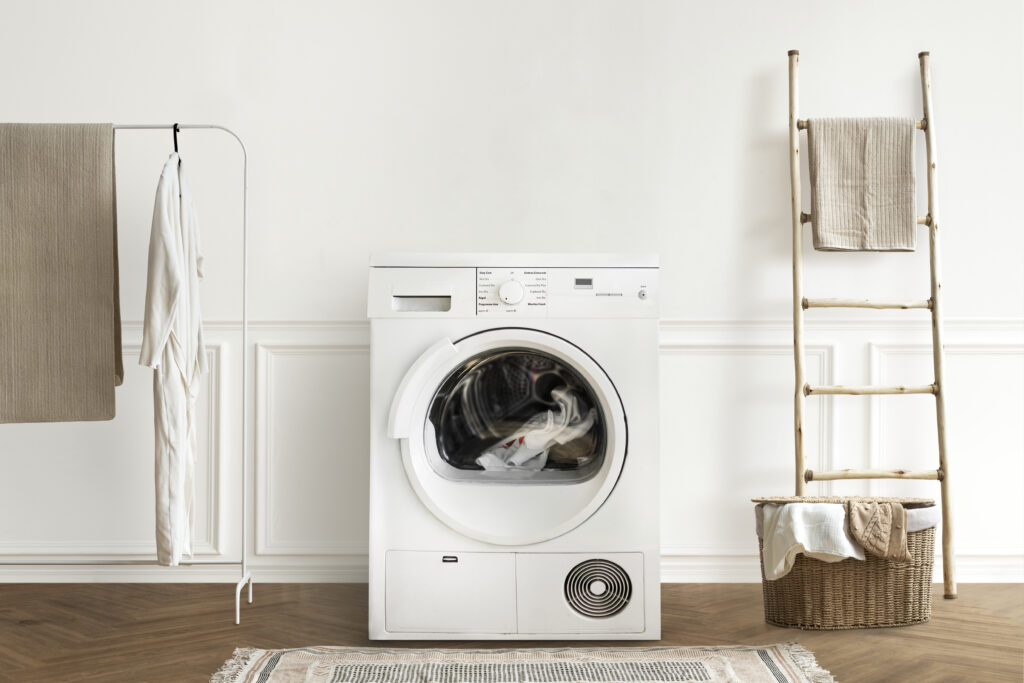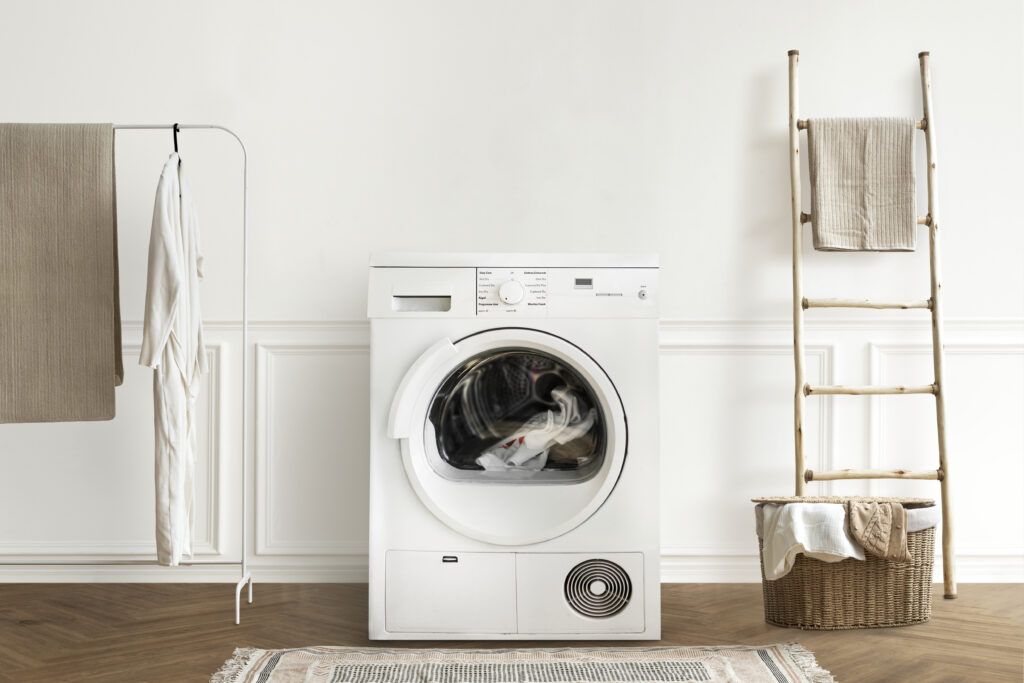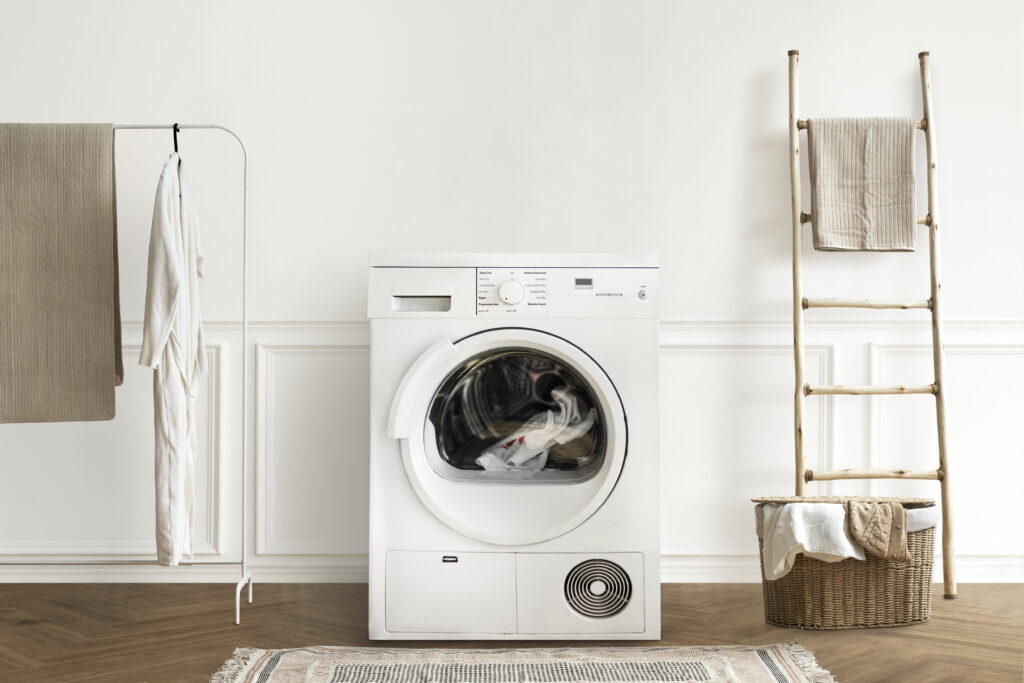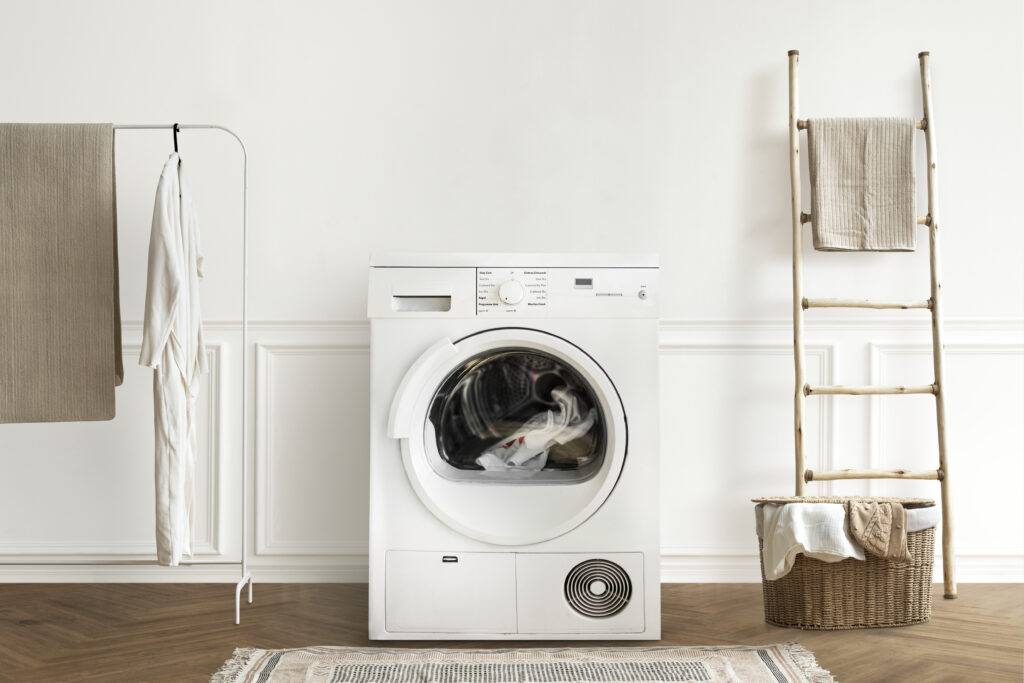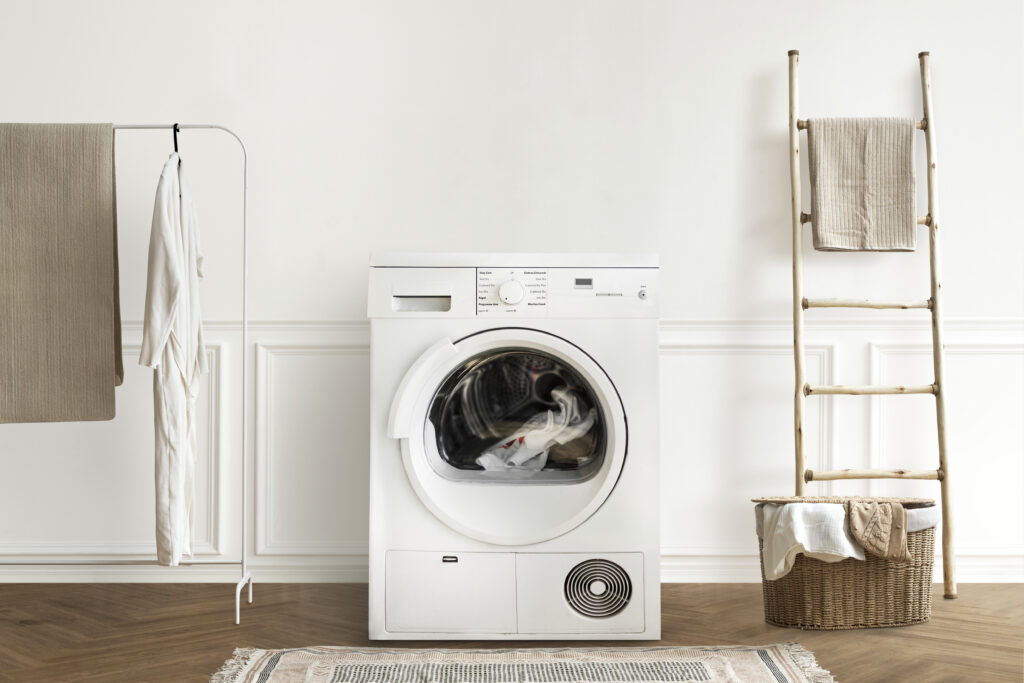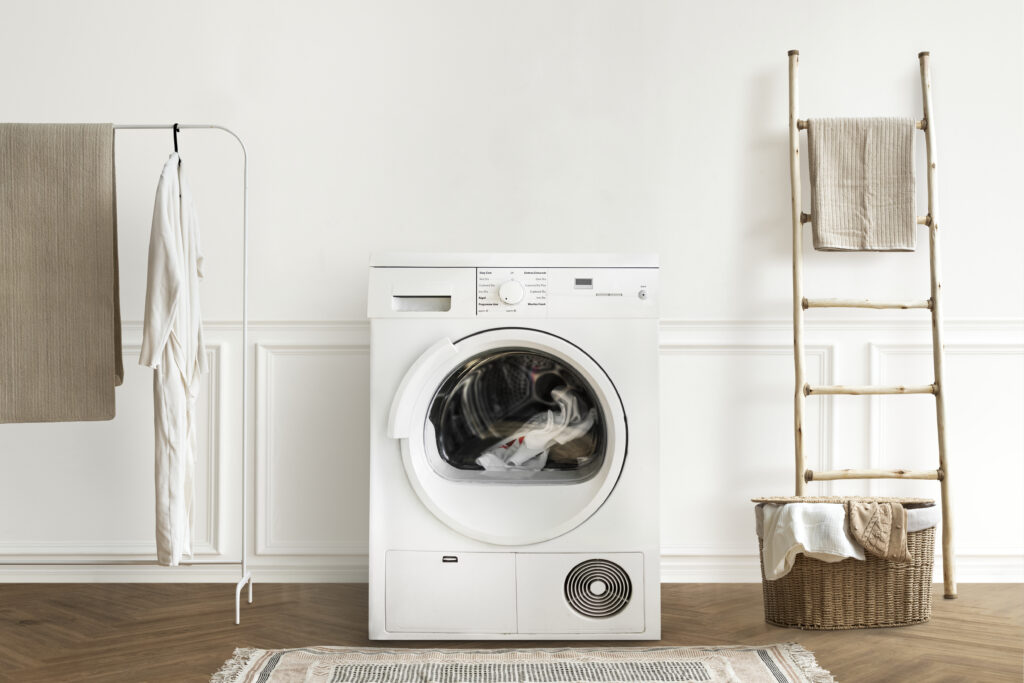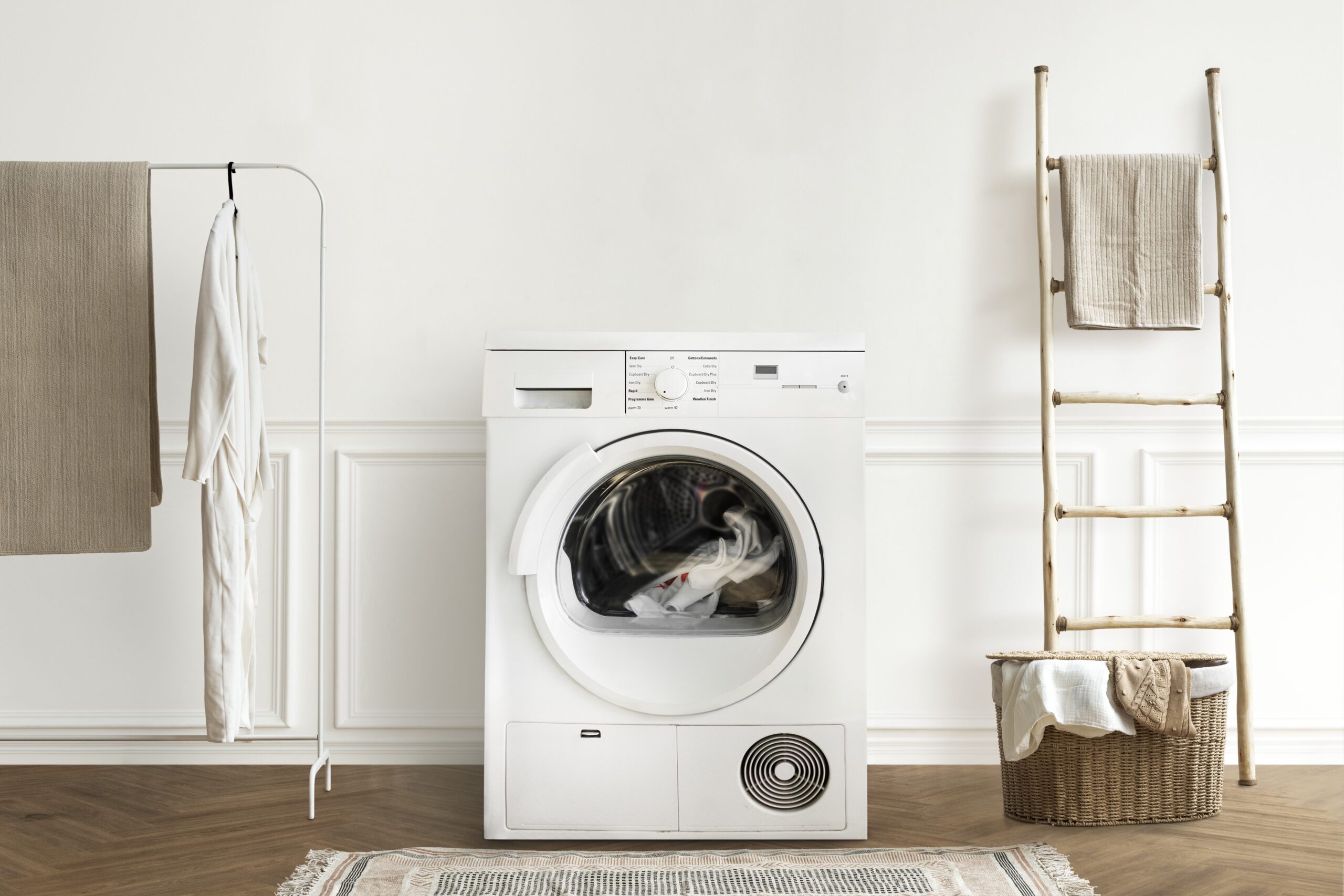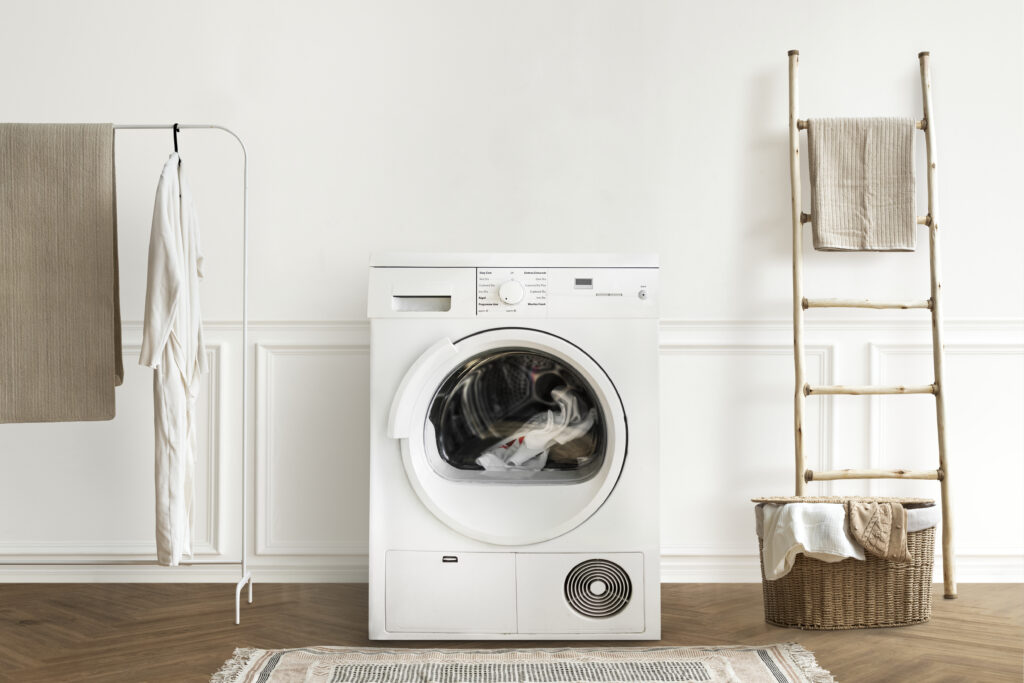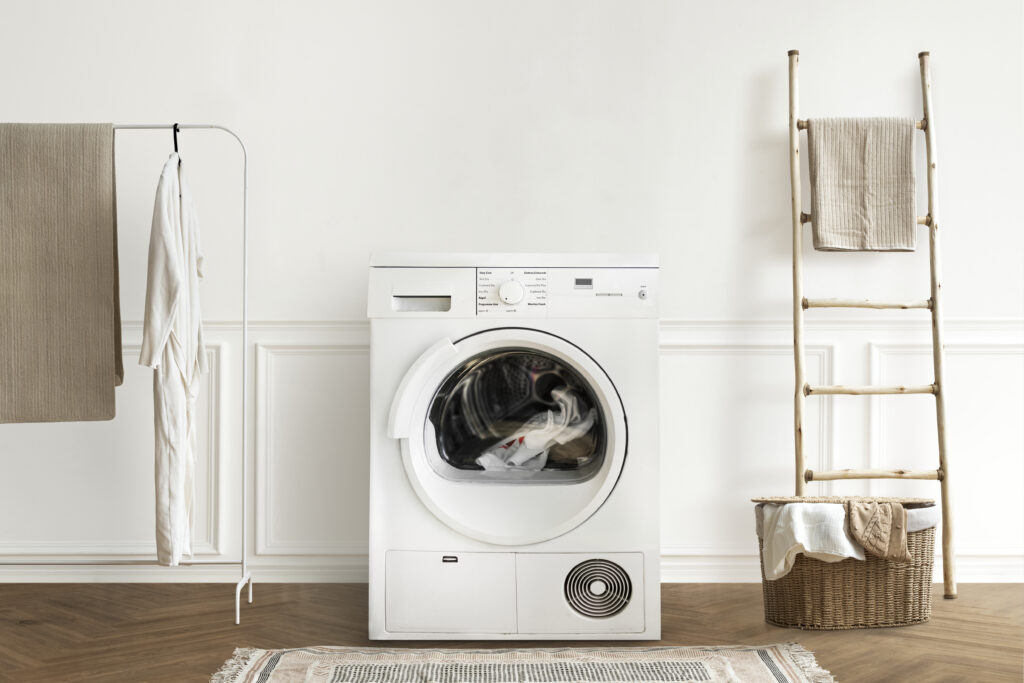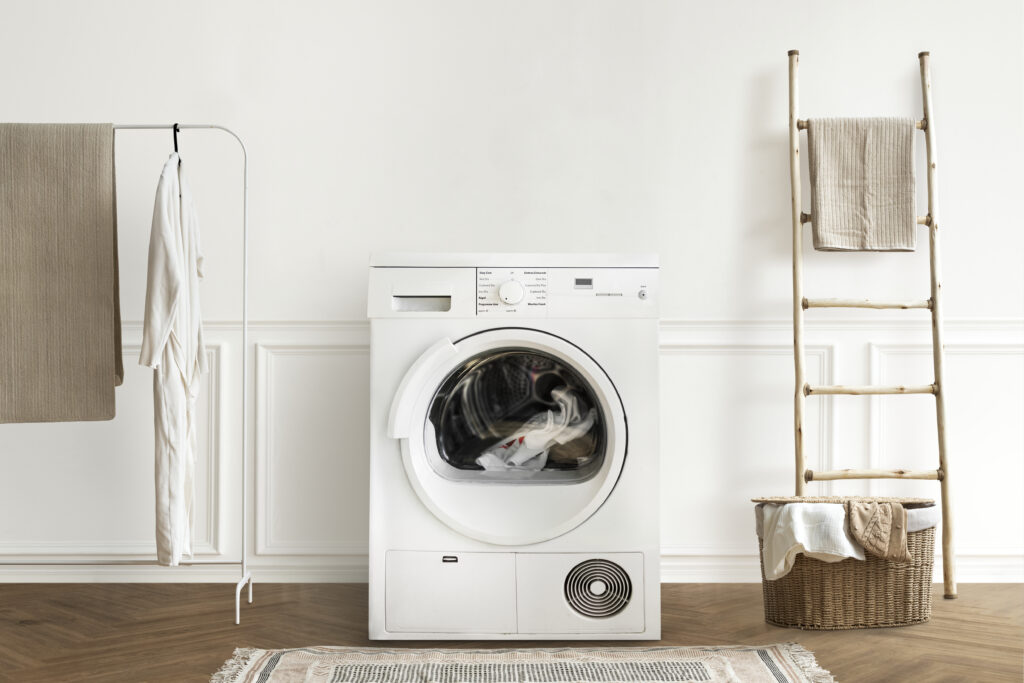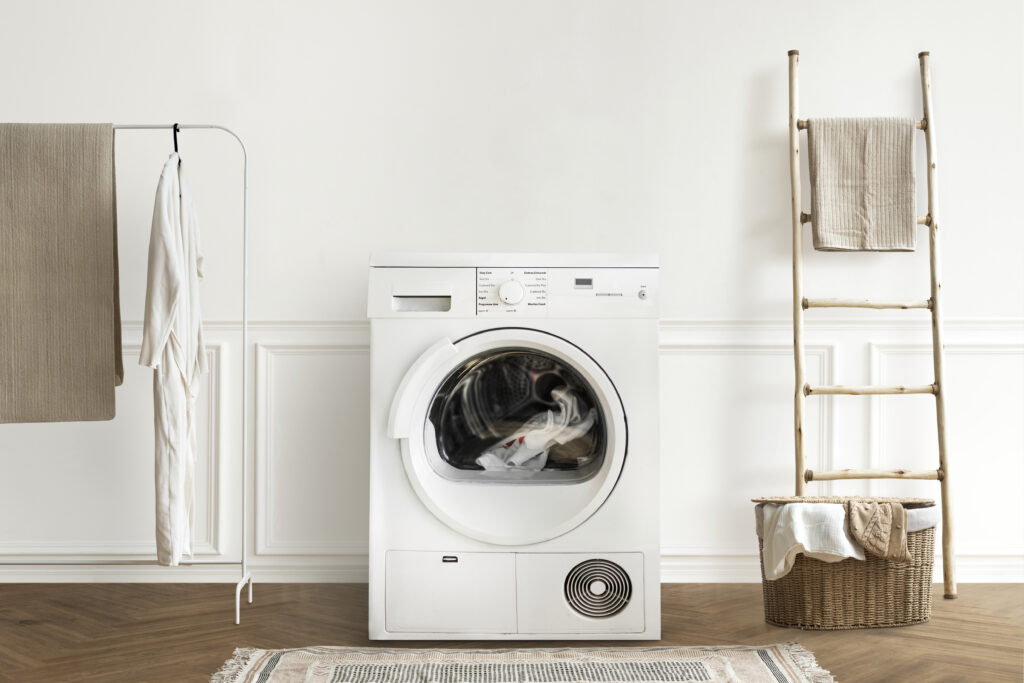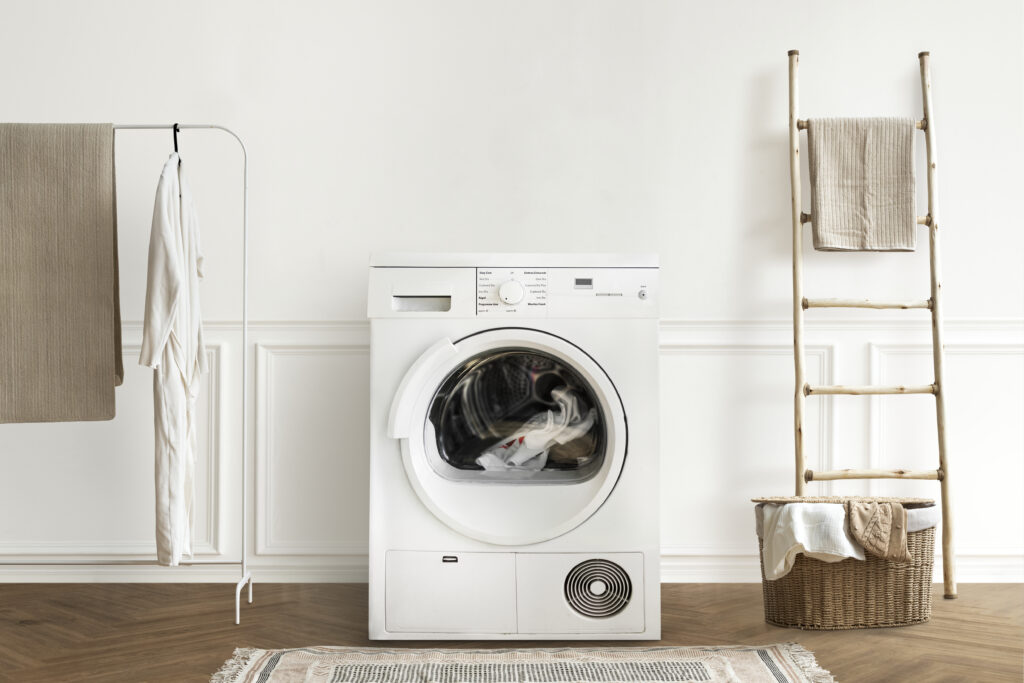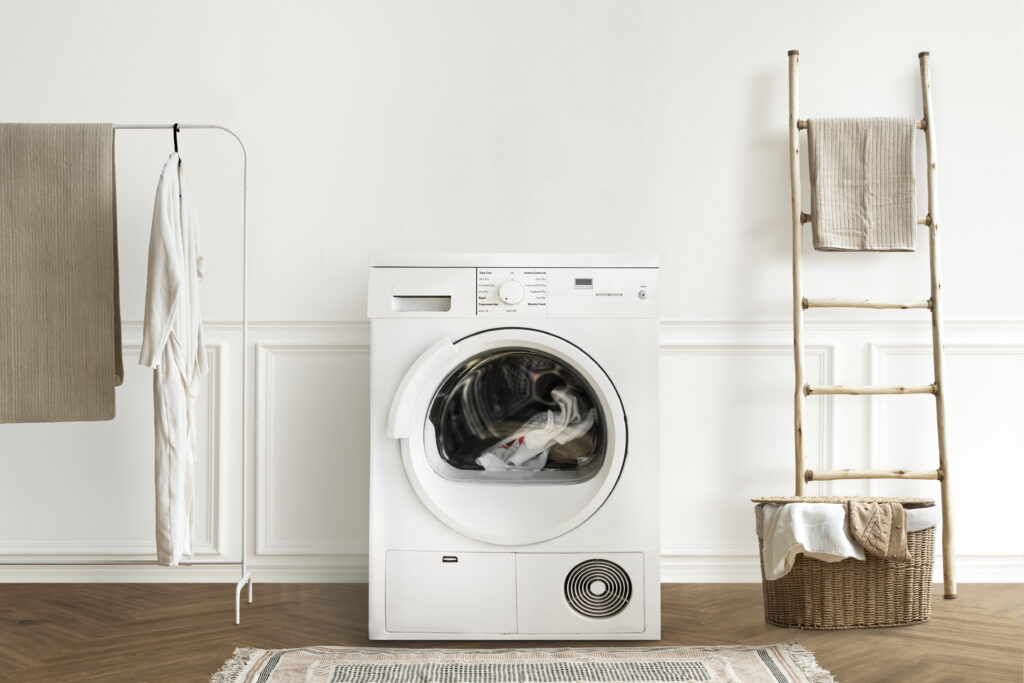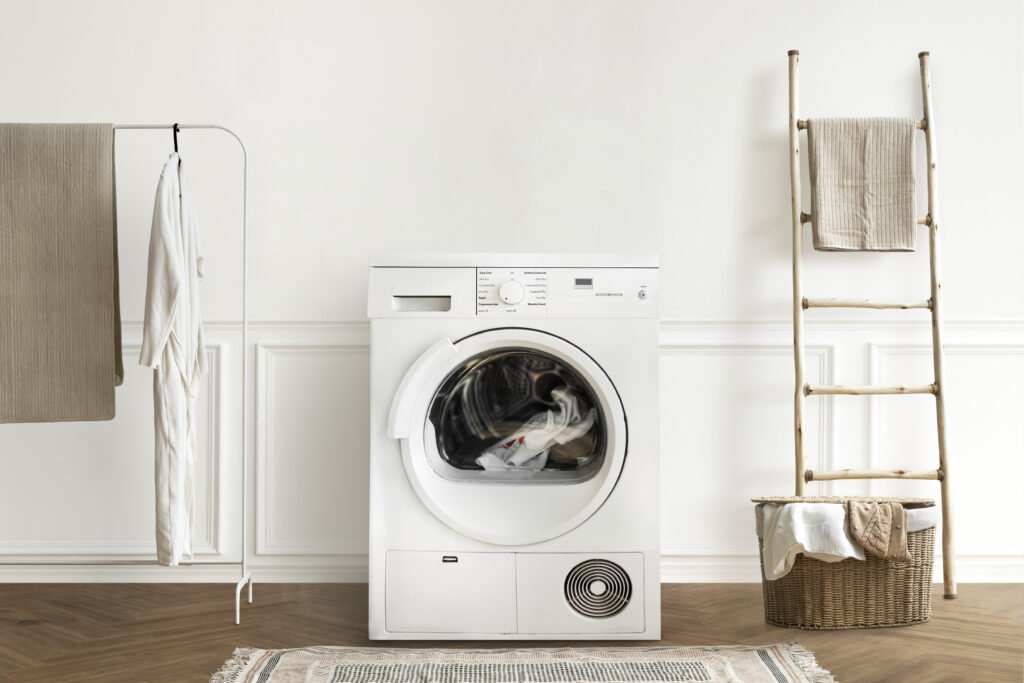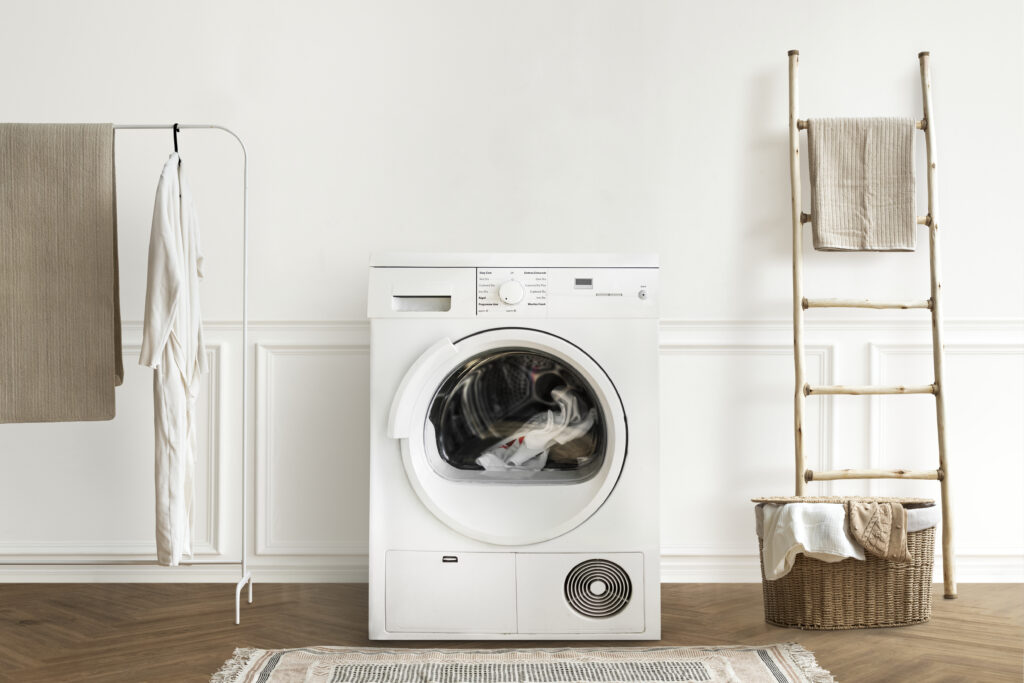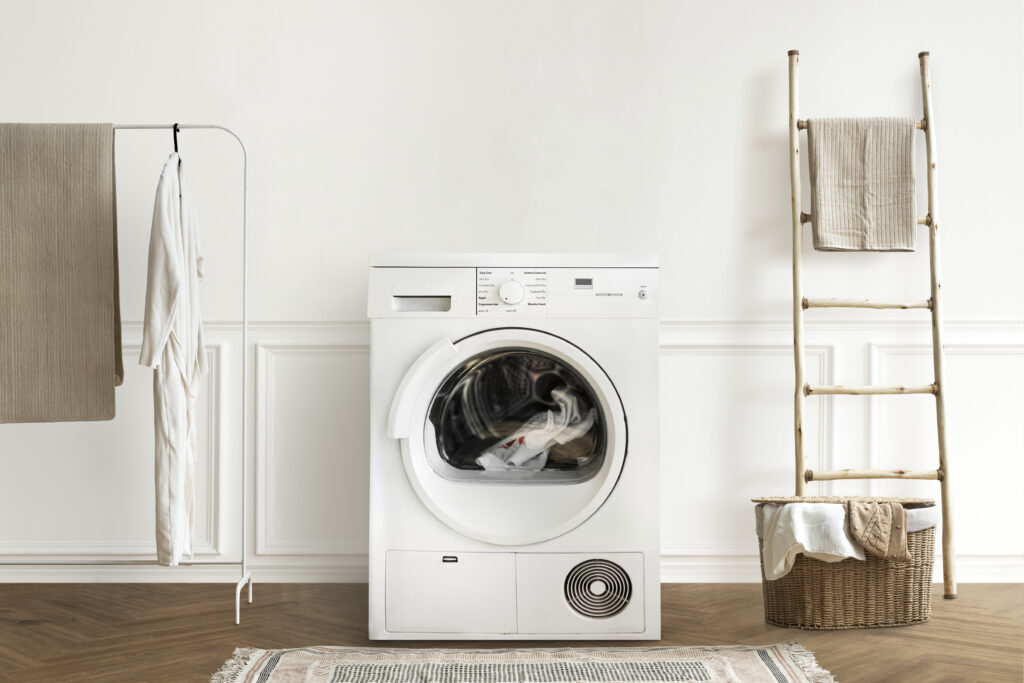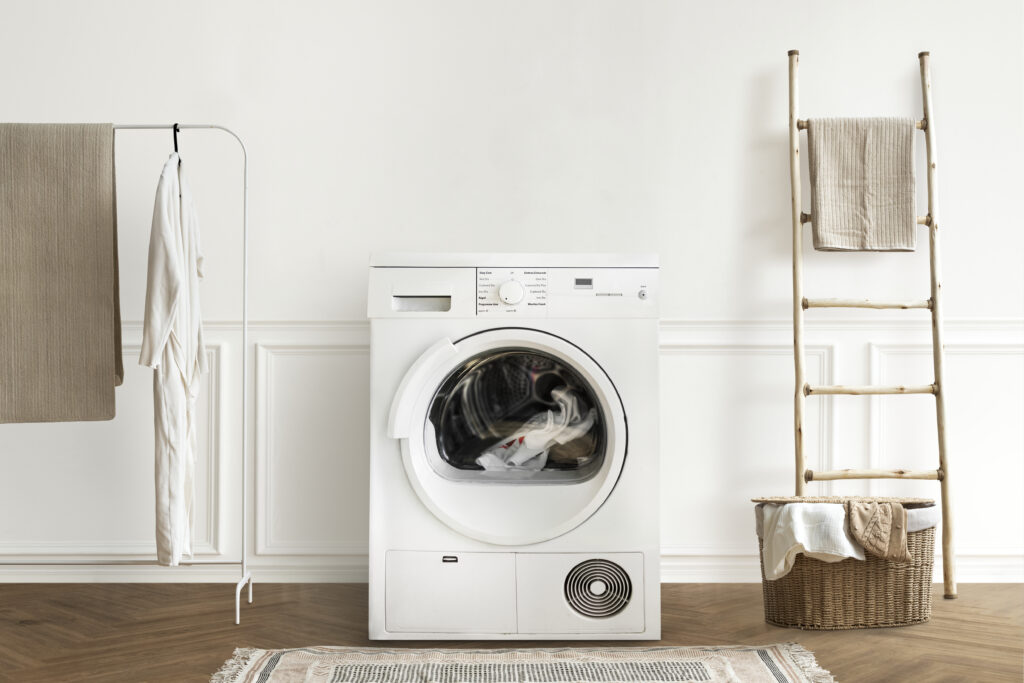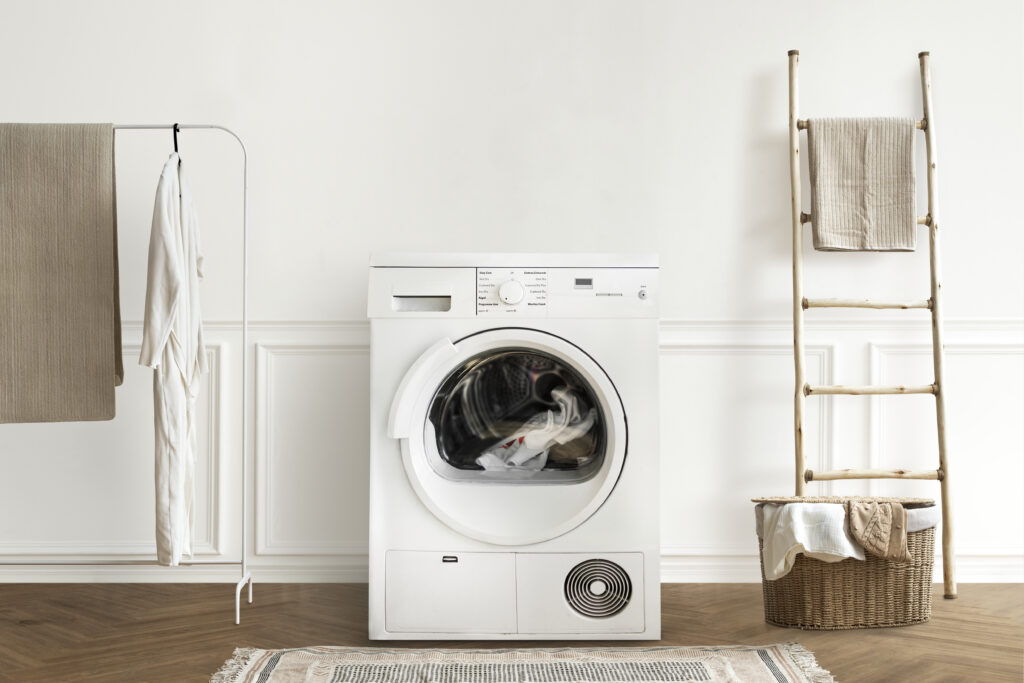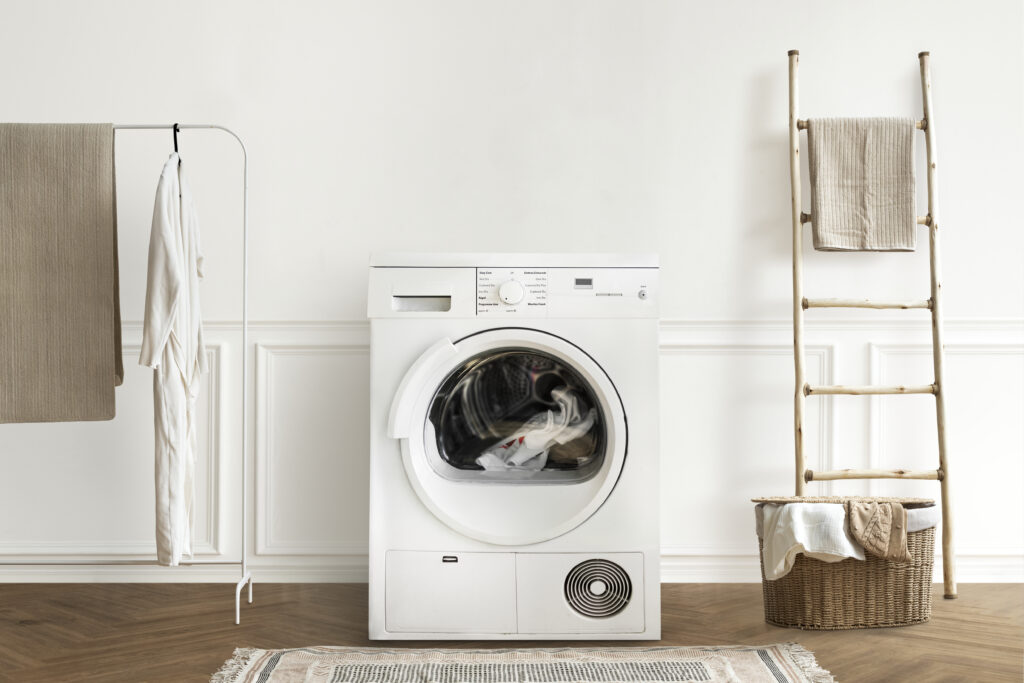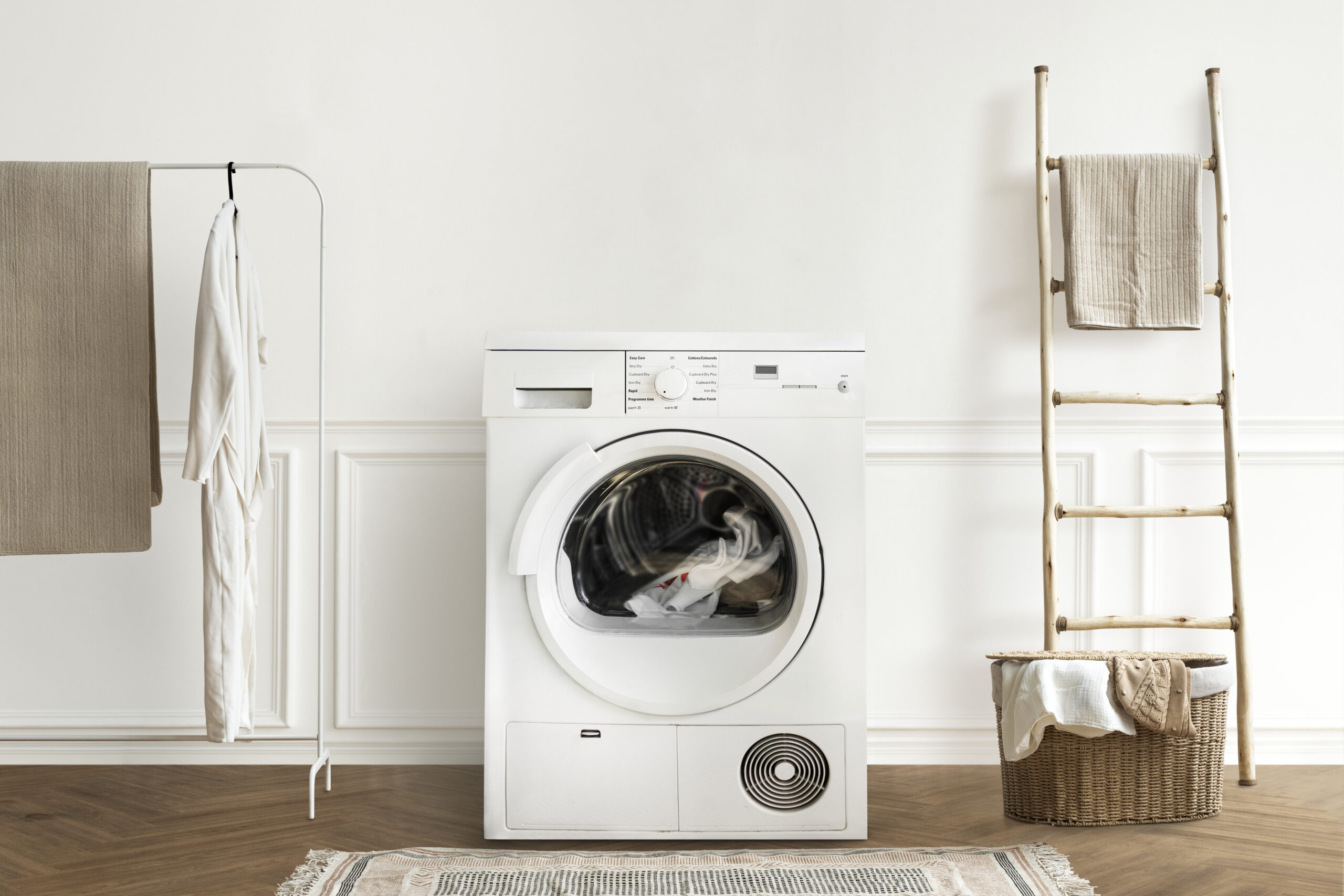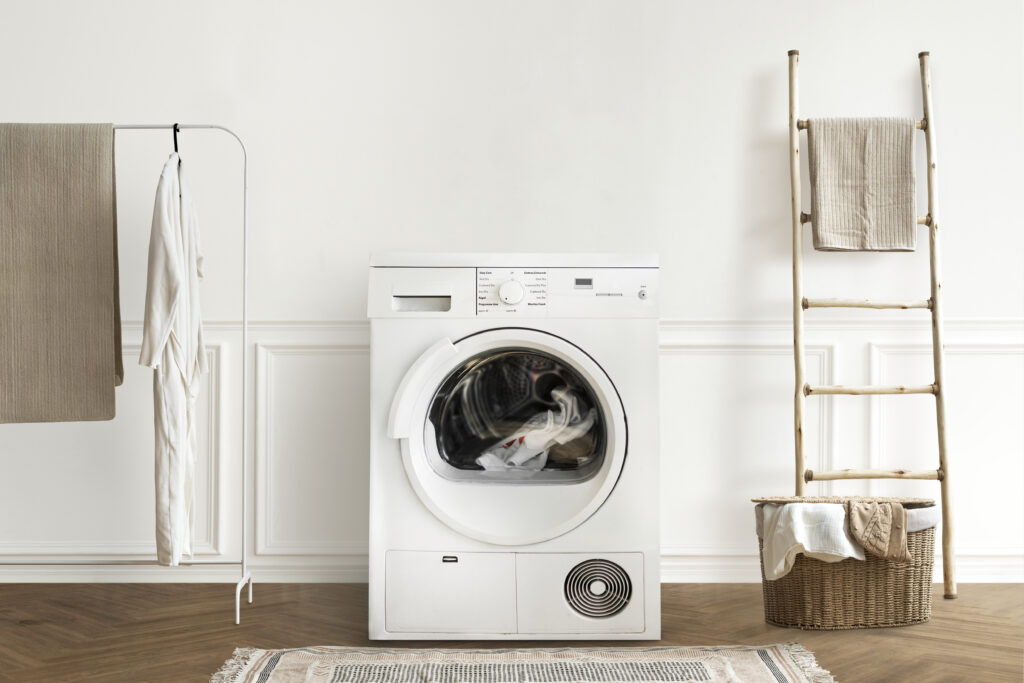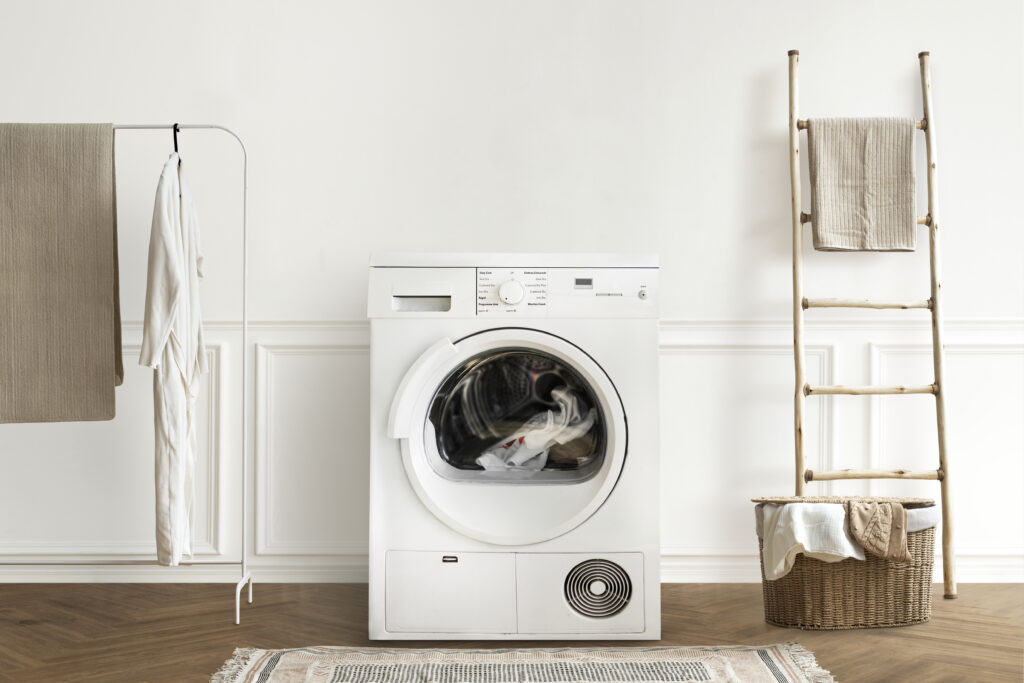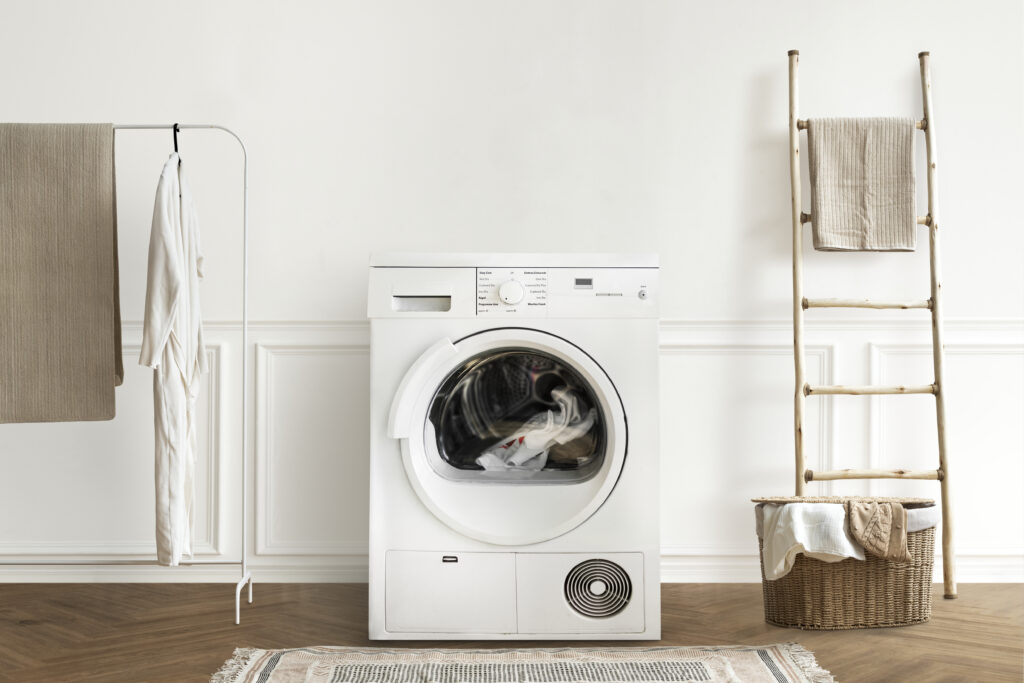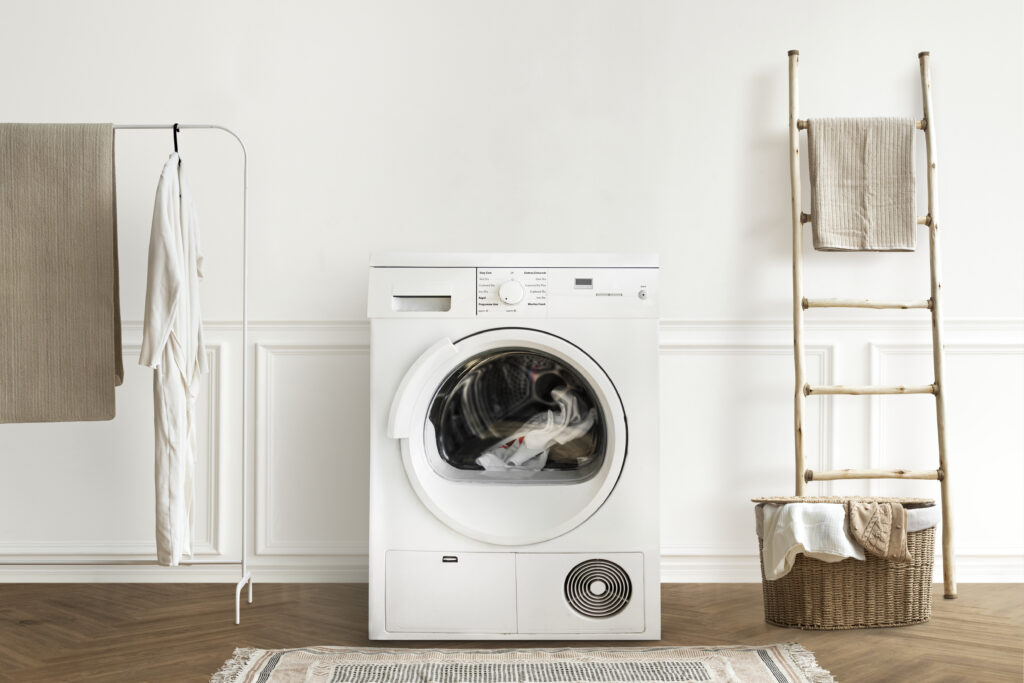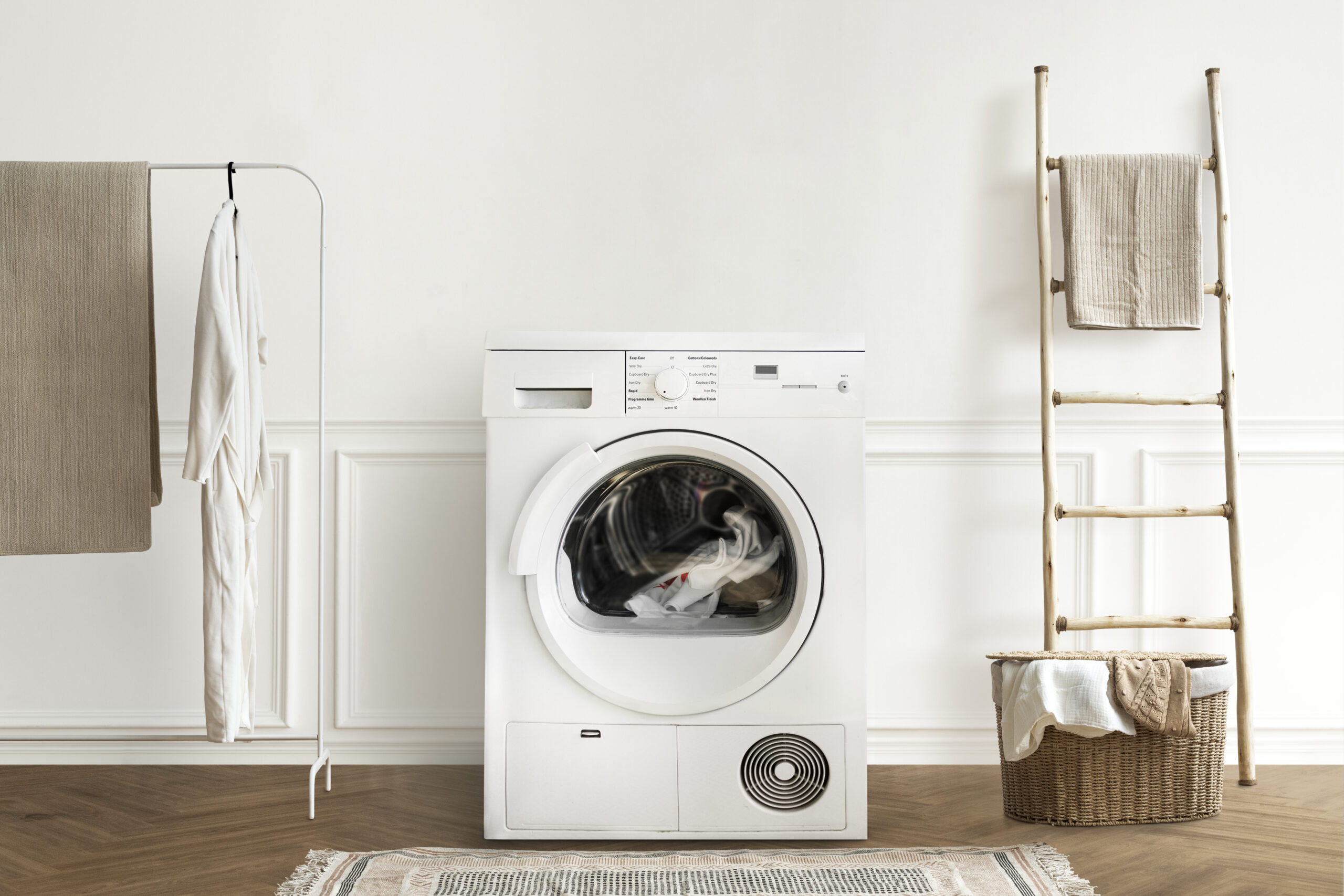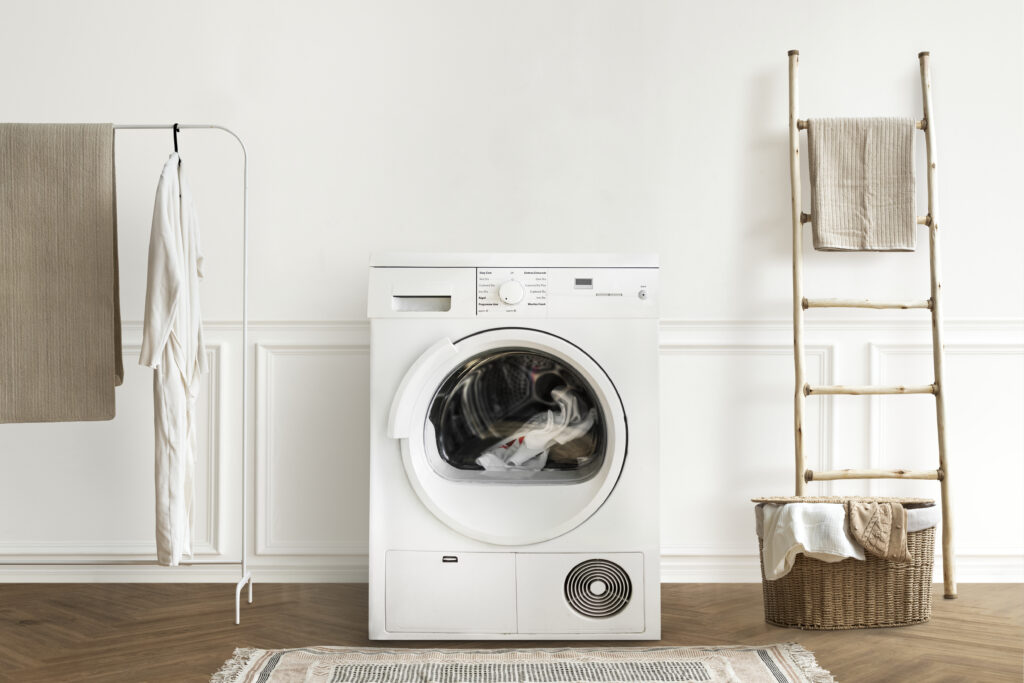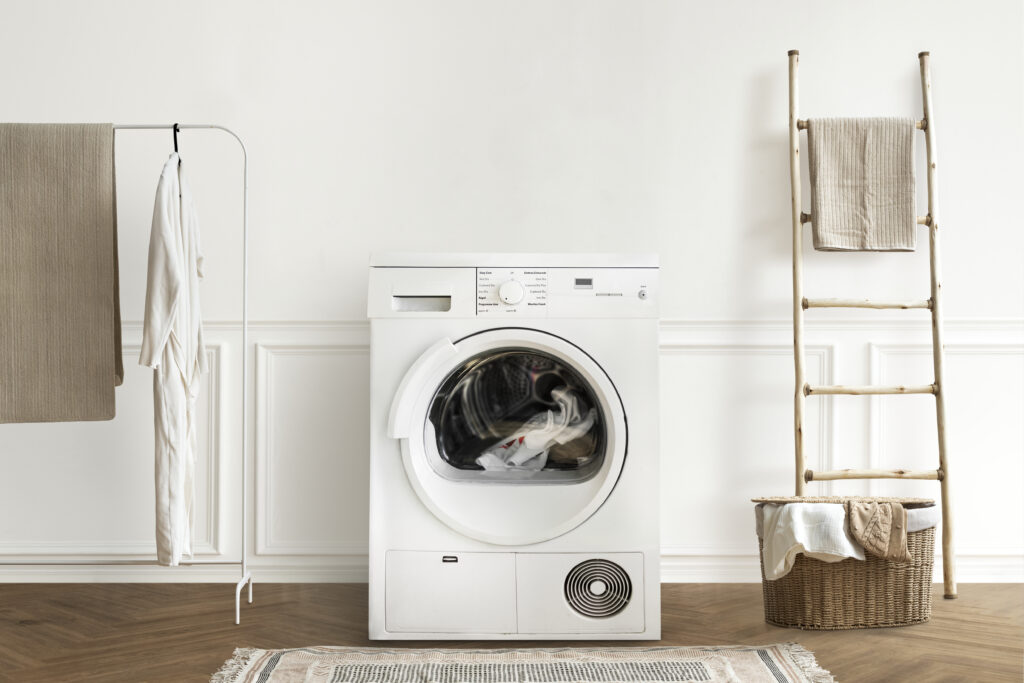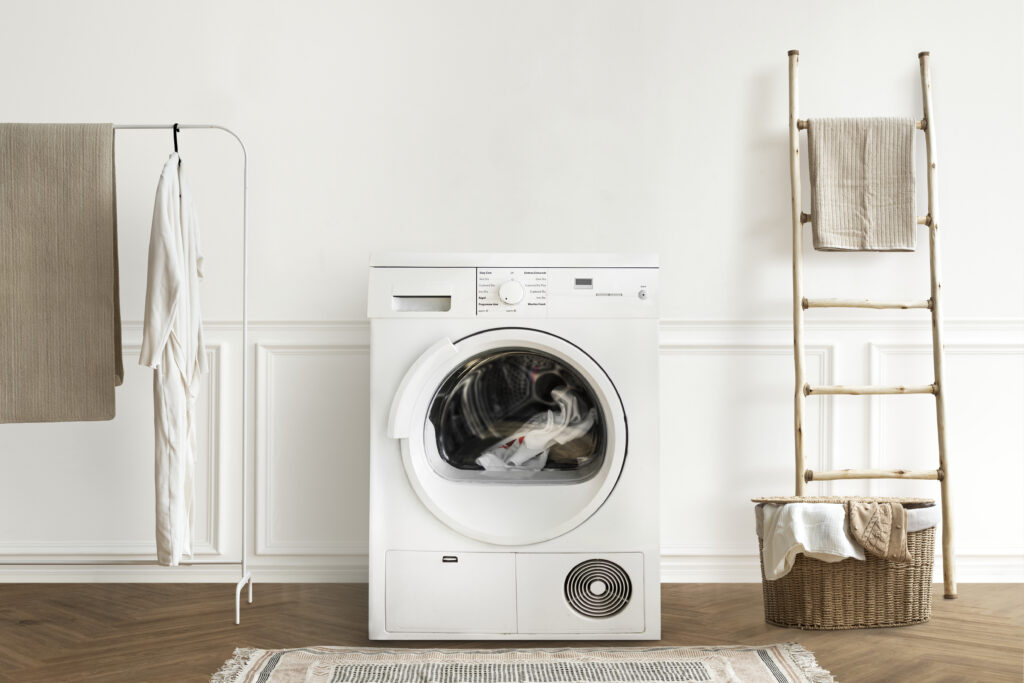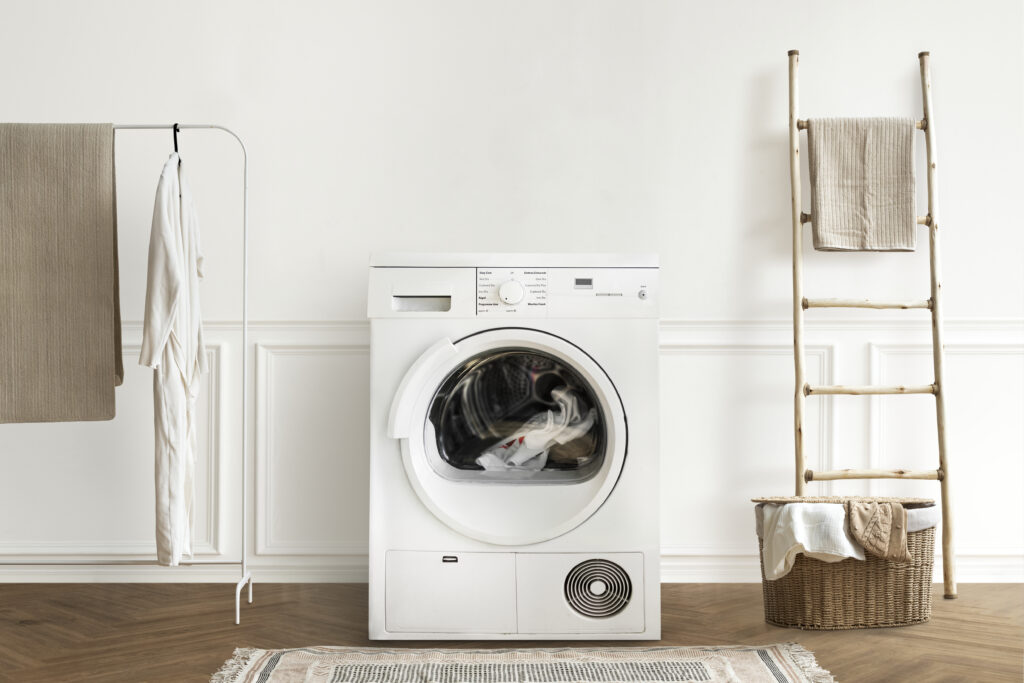Samsung and LG are the two most talked-about brands in the USA when it comes to dependable, creative, and effective washing machines. With washing machines at the core of their product lines, both South Korean behemoths have established solid reputations for manufacturing high-end household appliances.
This thorough comparison will assist you in making an informed decision based on features, performance, dependability, cost, and overall value for money if you’re in the market for a new washer in 2025 and are having trouble choosing between Samsung and LG.
Let’s get started with the 2025 Samsung vs. LG washing machine matchup.
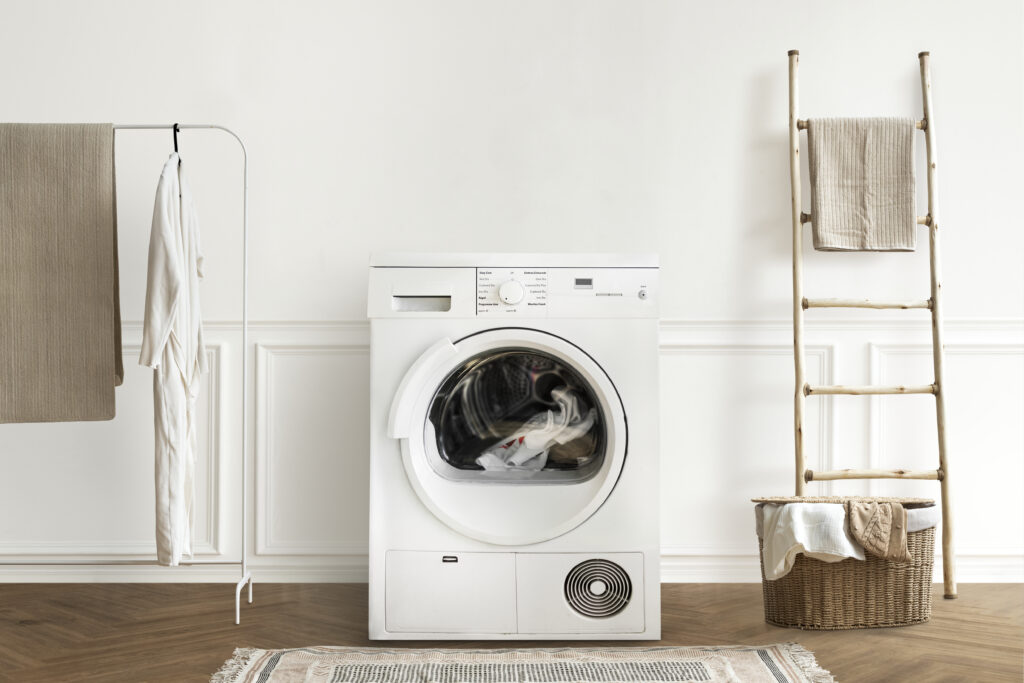
📌 Brand Overview
✅ Samsung Washing Equipment
Samsung is renowned for its innovative technology, elegant designs, and compatibility with smart homes. Their washers are smarter and more efficient thanks to innovations like AddWashTM doors, EcoBubbleTM technology, and SmartThings app control.
Essential Qualities:
Intelligent connectivity
Wash cycles driven by AI
Chic, contemporary designs
Models that use less energy
✅ LG Washing Equipment
LG appliances are renowned for their dependability, longevity, and consistently excellent performance. With features like TurboWashTM 360, AI DDTM (Artificial Intelligence Direct Drive), and SmartThinQ® app control, LG washers are both environmentally friendly and easy to use.
Essential Qualities:
Outstanding durability
Reliable stain-removal ability
Technology that is intelligent and effective
Low vibration and quiet operation
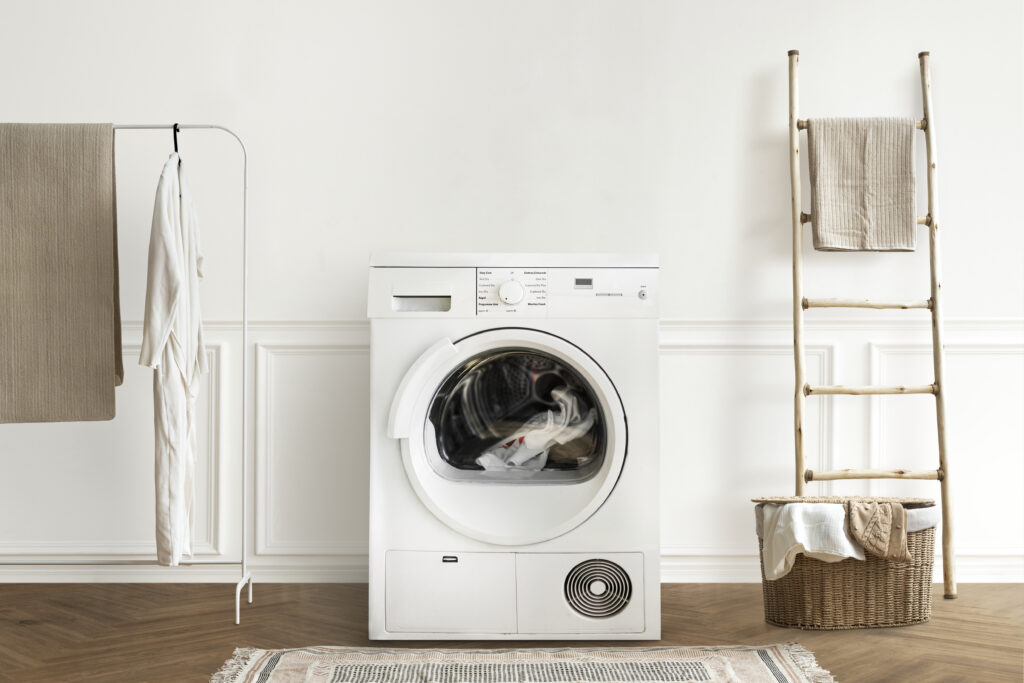
📌 Comparing Samsung and LG washing machines head-to-head
1.Quality of Design and Construction
Both brands have sleek, modern designs that are excellent in terms of aesthetics. While LG offers simple, minimalist designs with both classic and contemporary finishes, Samsung frequently favors ultra-modern aesthetics with touch control panels and black stainless finishes.
The winner is tied.
2️⃣ Cleaning Efficiency
Although they have slightly different strengths, both brands provide cutting-edge cleaning features:
Samsung: Well-known for its EcoBubbleTM technology, which creates tiny bubbles that penetrate fabrics more quickly, even in cold water, by combining detergent, water, and air. Additionally, it provides adjustable AI cycles and strong steam cleaning.
LG: Offers TurboWashTM 360, which deep cleans clothing in less than 30 minutes without sacrificing quality thanks to several high-pressure jets. Additionally, 6MotionTM technology, which moves the drum in several directions for a thorough wash, is used in LG washers.
🏆 LG won (for quicker, reliable results on heavy loads and tough stains).
3.Intelligent Functions & Communication
Both companies provide smartphone app control and have good integration with smart home systems:
The Samsung SmartThingsTM App: Sends maintenance alerts, schedules, and remotely controls laundry cycles. It also uses artificial intelligence to suggest cycles.
Similar features are offered by the LG ThinQ® App, which is compatible with Alexa and Google Assistant and offers remote start and smart cycle recommendations.
Samsung was the winner. (Slightly ahead with better app interface and wash suggestions powered by AI)
4.Water and Energy Efficiency
With an emphasis on environmentally friendly operation, both brands provide ENERGY STAR®-certified models. LG’s AI DDTM and Samsung’s EcoBubbleTM both optimize water and energy use according to fabric type and load weight.
The winner is tied.
5.Control of Noise and Vibration
Samsung: Has VRT PlusTM technology, which lessens vibration and noise when spinning at high speeds.
LG: Delivers incredibly quiet and smooth operation with its TrueBalanceTM and LoDecibelTM systems, which is crucial for small apartments or houses with bedrooms close to the laundry room.
LG was the winner. (Slightly quieter functioning)
6.Sturdiness and Guarantee
Both provide a direct drive motor warranty of ten years. Nonetheless, LG washers are well known for their enduring performance and gradual decrease in service requests.
LG was the winner.
7.Value and Price
Samsung and LG front-loading washers are priced similarly in 2025:
Models at entry level: $699–$899
Models in the middle range: $899–1,199
High-end models: $1,199–1,699
While LG’s stellar reputation for dependability offers exceptional long-term value for marginally less in the majority of comparable models, Samsung’s clever features and elegant designs can be a little more expensive.
🏆 LG won because of their overall superior price-to-performance ratio.
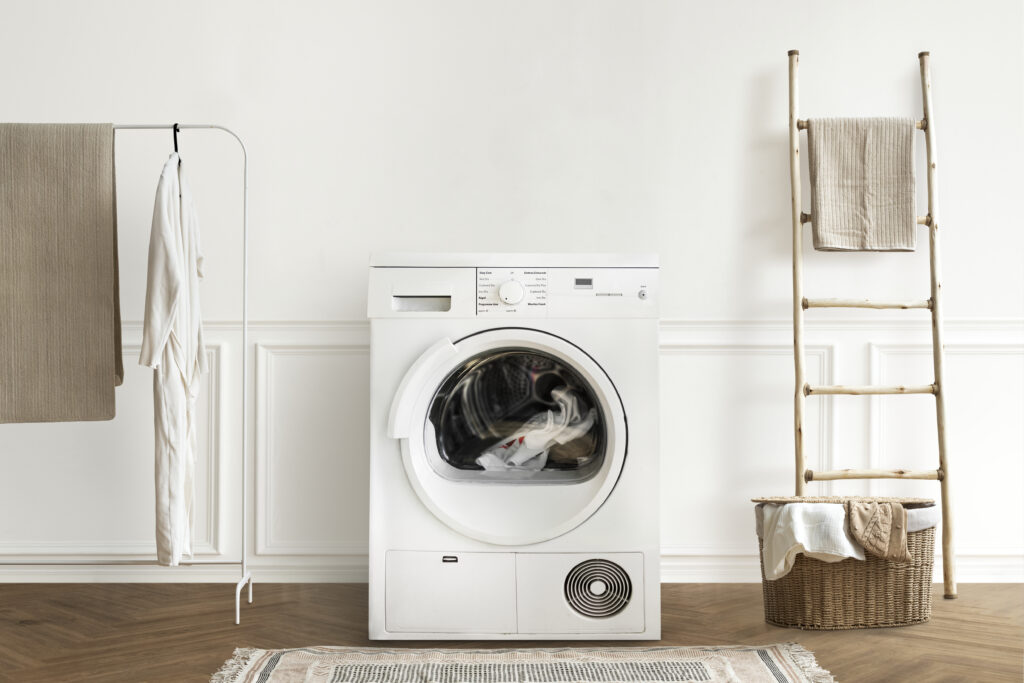
Top-Rated Models for 2025
2025’s Top Samsung Washer: Samsung WF53BB8900ATUS
5.3 cubic feet
Intelligent AI-driven management
The EcoBubbleTM technology
Certified Energy Star
Cost: $1,299
2025’s Top LG Washer: LG WM6500HBA
5.0 cubic feet
TurboWashTM 360
AI DDTM technology
Control of the ThinQ® app
Cost: $1,199
samsung-vs-lg-washing-machine-usa-2025: Samsung vs LG Washing Machines: Which Brand Should You Choose in 2025?📌 Which Brand Is Best?
Select Samsung if you want: ✅ A washer with cutting-edge smart features driven by AI ✅ A sleek, futuristic design ✅ Smooth integration with the SmartThings home ecosystem
Select LG if you desire: ✅ A very dependable, long-lasting device ✅ Superb stain removal using TurboWashTM 360 ✅ Better long-term value and quieter operation
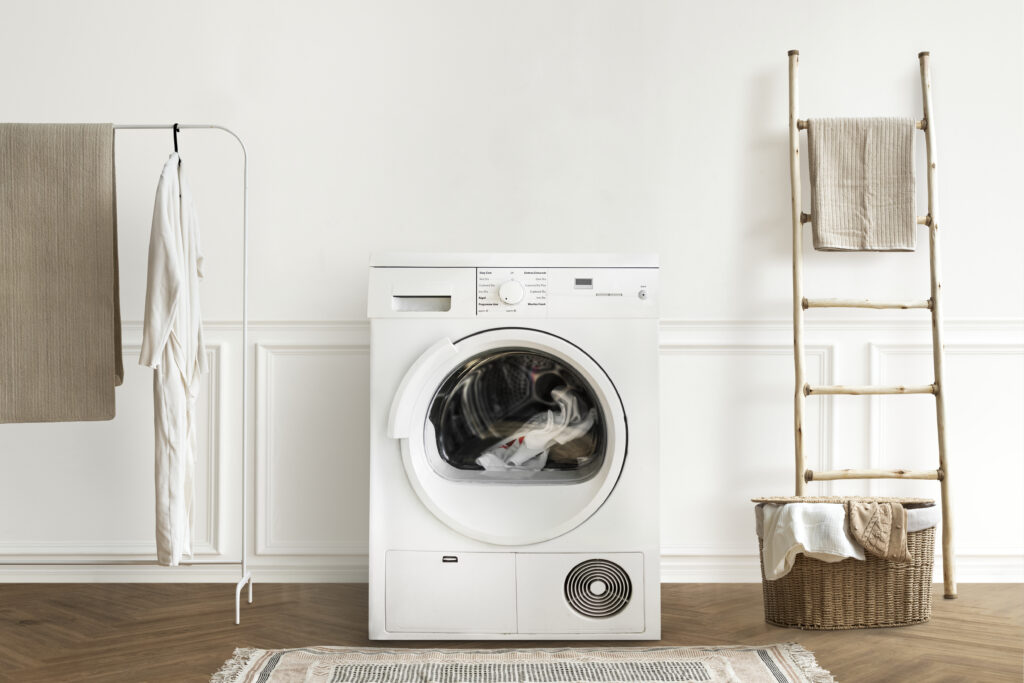
Final Judgment
Although LG and Samsung both produce excellent washing machines for American homes in 2025, LG has a slight advantage in terms of overall performance, dependability, and value. Samsung is the industry leader in smart features and contemporary design, but most families find LG to be a more reliable long-term option due to its dependability, durability, and effective wash cycles.
Samsung is an excellent choice if money permits and compatibility with ultra-smart homes is your main concern.
Choose LG if you want a machine that is quieter, more environmentally friendly, and has long-lasting performance and cleaning capabilities.
📌 FAQs
Are LG and Samsung washers suitable for big families?
A: Yes, both brands provide washers that are perfect for large households and have a capacity of 5.0 cubic feet or more.
Which brand offers superior smart features?
A: The SmartThingsTM app from Samsung provides marginally better remote control and AI wash recommendations.
What is the longer-lasting brand?
A: Consumer feedback and reliability research indicate that LG washers typically experience fewer problems over time.
